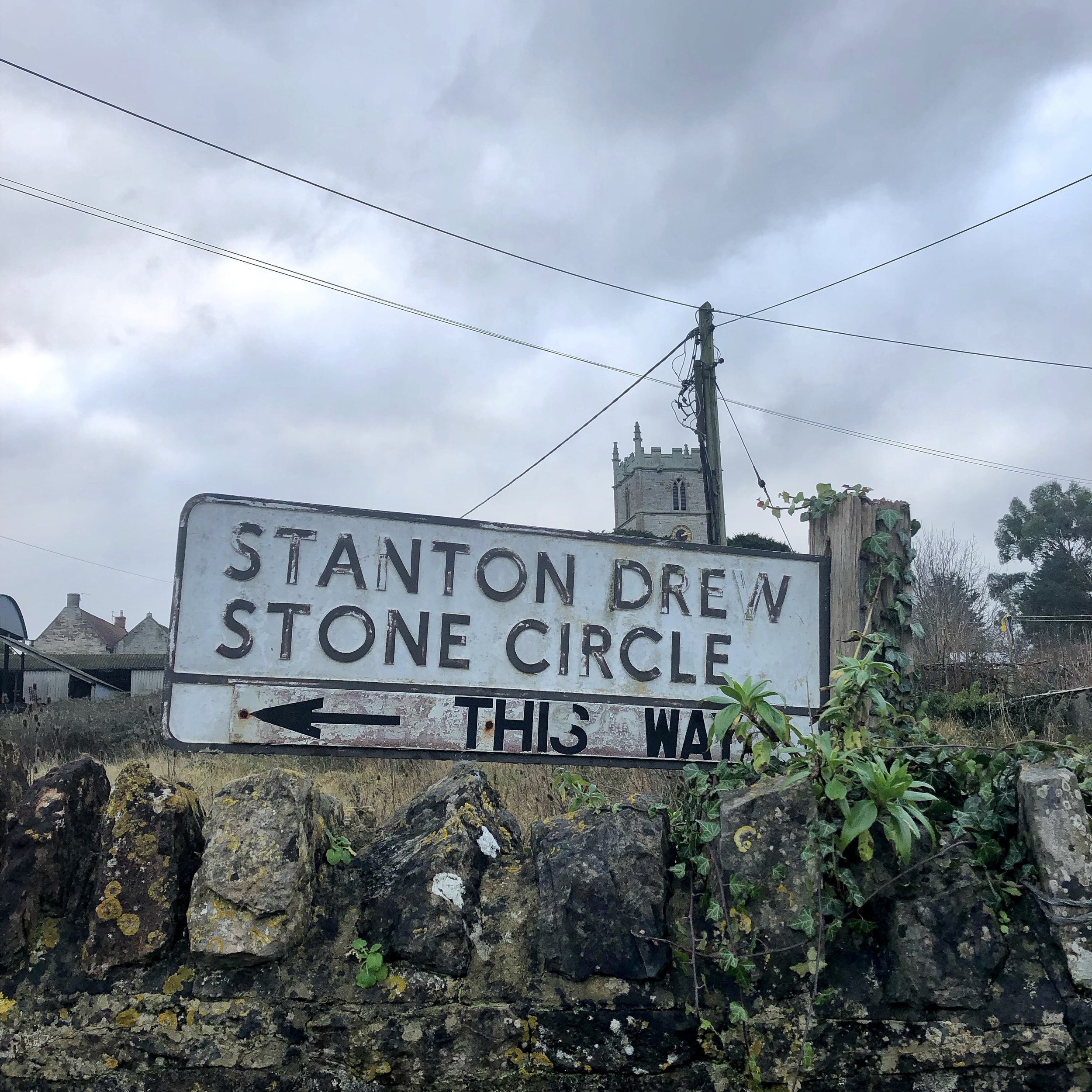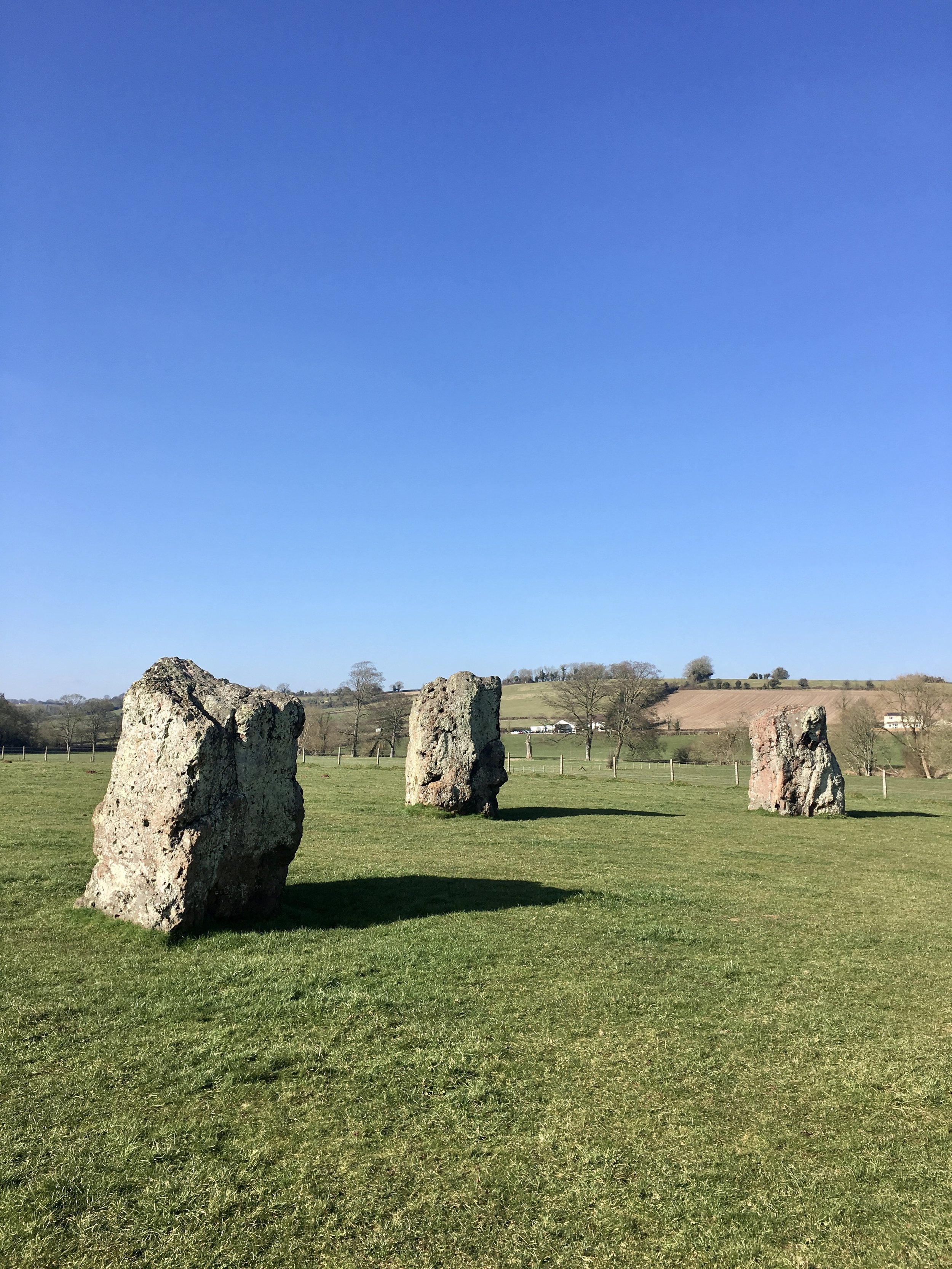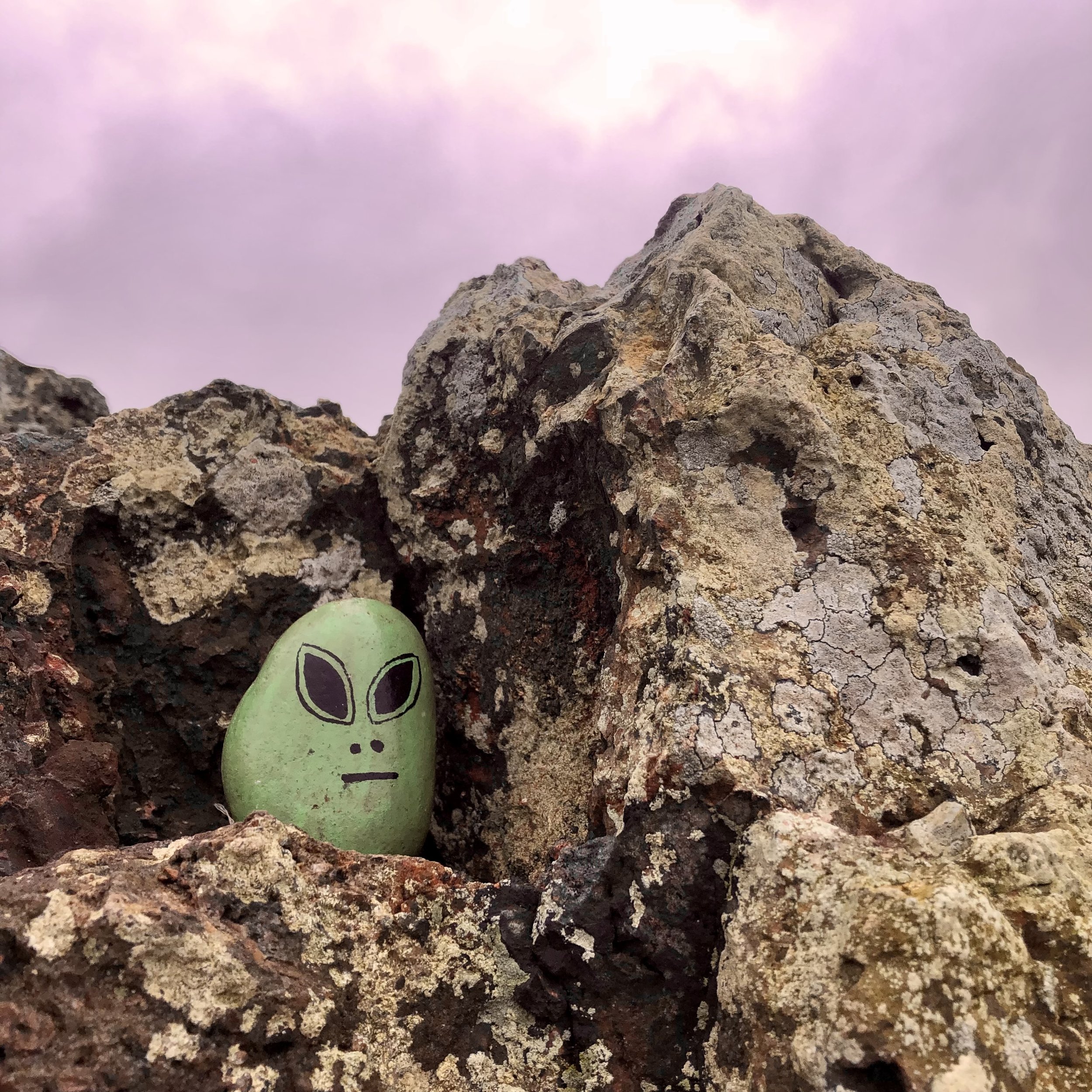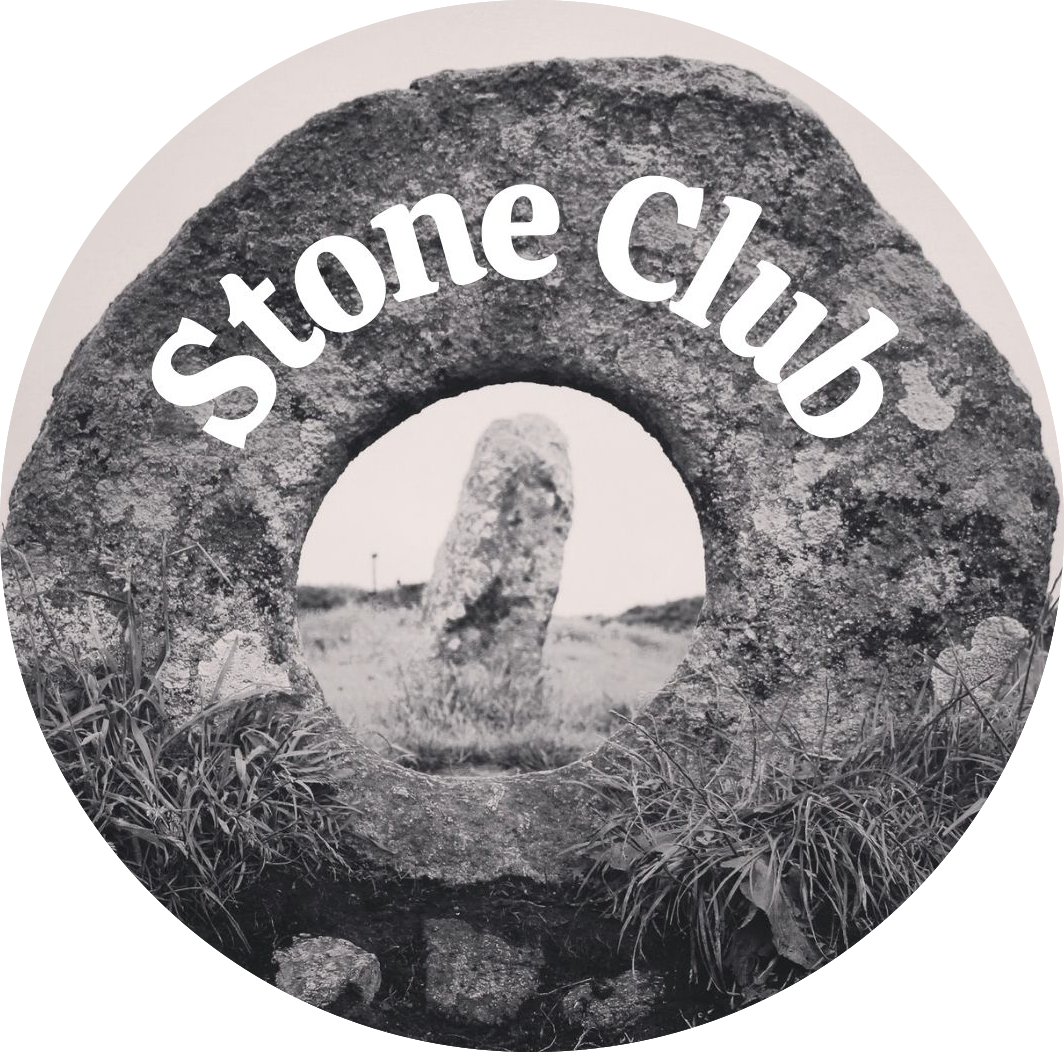Chris Parkin (Member no: 643)
Stanton Drew
We’ll run our hands over the stones, poking fingers squeamishly into muddy gaps and looking at the gifts left through the year, while discussing why the stones are there
Stanton Drew is, despite its best efforts, the underdog of southwest England’s stone circles. The could’ve-been-a-contender of the UK’s late-neolithic monuments. The neglected classic waiting for a reappraisal that never comes.
Its overlooked status is puzzling. Located near the edge of the Mendip Hills between Bath and Bristol, it’s the third largest complex of standing stones in the UK and is laden with myth. But there it stands, spurned and rejected, barely a signpost pointing the way; the only evidence of management a rusty English Heritage honesty box next to an entrance gate.
We wouldn’t change a thing about it, though.
My family and I visit Stanton Drew every few months. Avoiding the herd of cows, we’ll walk endlessly around the circles (the great circle, plus two smaller ones), hopping from stone to stone, engaging with them in a way we think our ancestors might have. Enjoying them in the now, like it’s our own neolithic playground, rather than observing them stand-offishly like they’re untouchable artefacts in a museum.
My children climb the stones and jump off without attracting glowering looks, and we’ll run our hands over the stones, poking fingers squeamishly into muddy gaps and looking at the gifts left through the year, while discussing why the stones are there – and why we’re drawn to them. It’s a place of solitude, where we’ll stand for hours soaking up whatever vibrations we’re seeking without interruption.
A few years ago, shortly before New Year’s Eve, we encountered a group of women there who invited us to join them in their seasonal ritual. They presented my children with ribbon-adorned drums and tambourines, and my wife and I with mead, and around we walked, blessing the stones, singing, chatting with these strangers, and laughing at our own glorious absurdity.
It brought to mind the circles’ other names, The Devil’s Dance and The Devil’s Wedding. The story goes that the stones are petrified wedding guests, turned into stone by the devil after he allowed them to carry on partying long into the Sabbath. Sometimes you can’t put a price on a good time.







